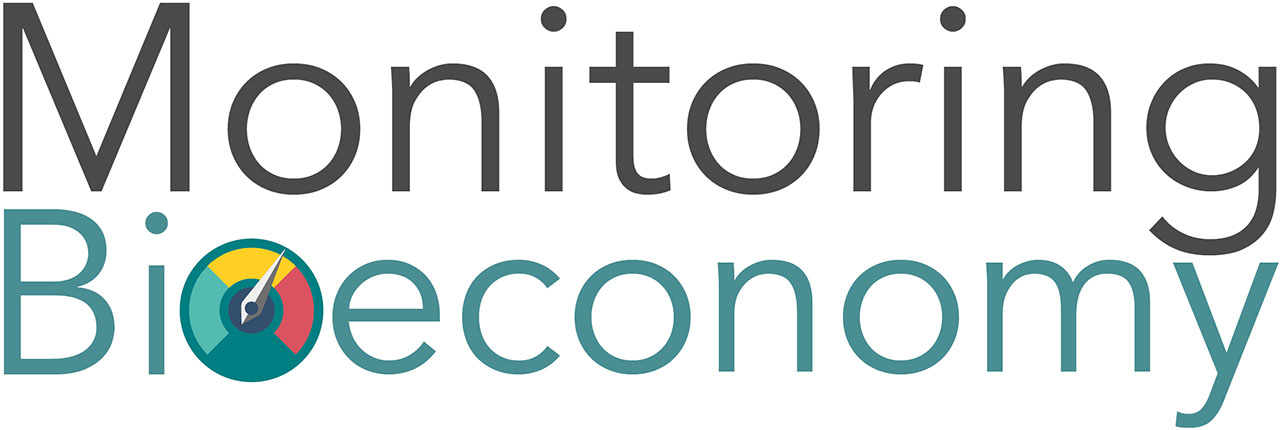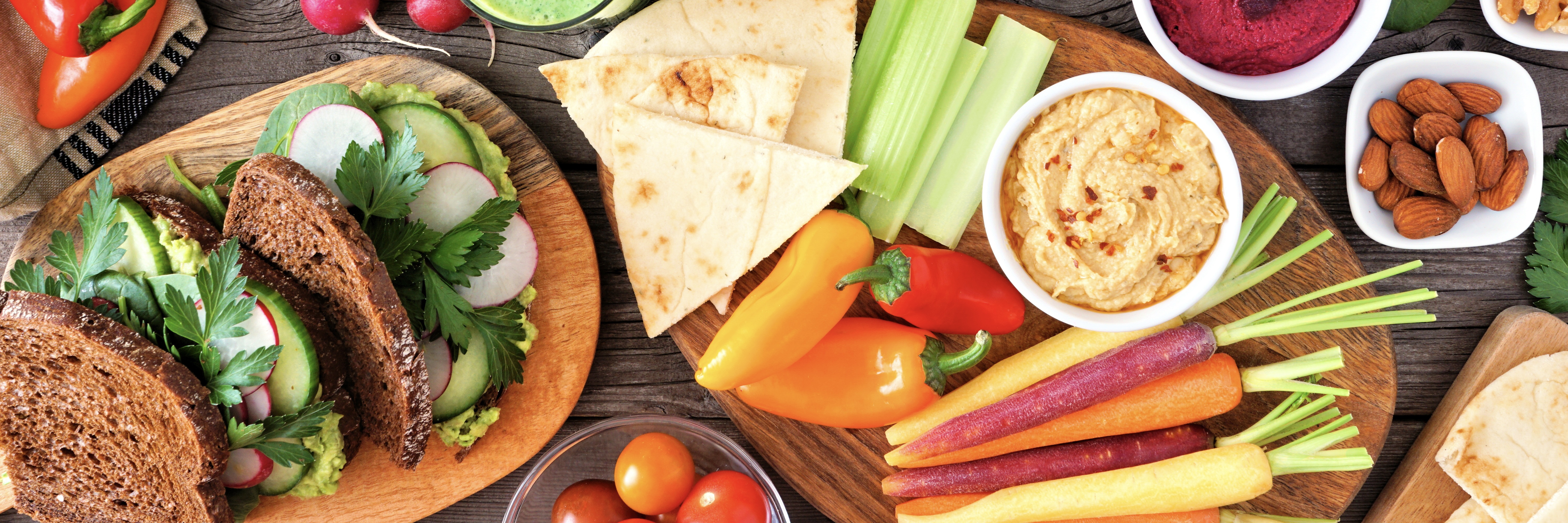What food groups are consumed in Germany? I What are the biomass demands of feed? I How much food is wasted? I How sustainable is German food consumption?
What food groups are consumed in Germany?
In kg of primary product equivalents, the average diet in Germany (2013) consists of 32% milk products, 20% sugar and alcohol, 10% meat, 10% cereals, 9% vegetables, 8% fruit and 5 % potatoes and roots. The remaining 6% are eggs, vegetable oils, fish, pulses, beans, and nuts.
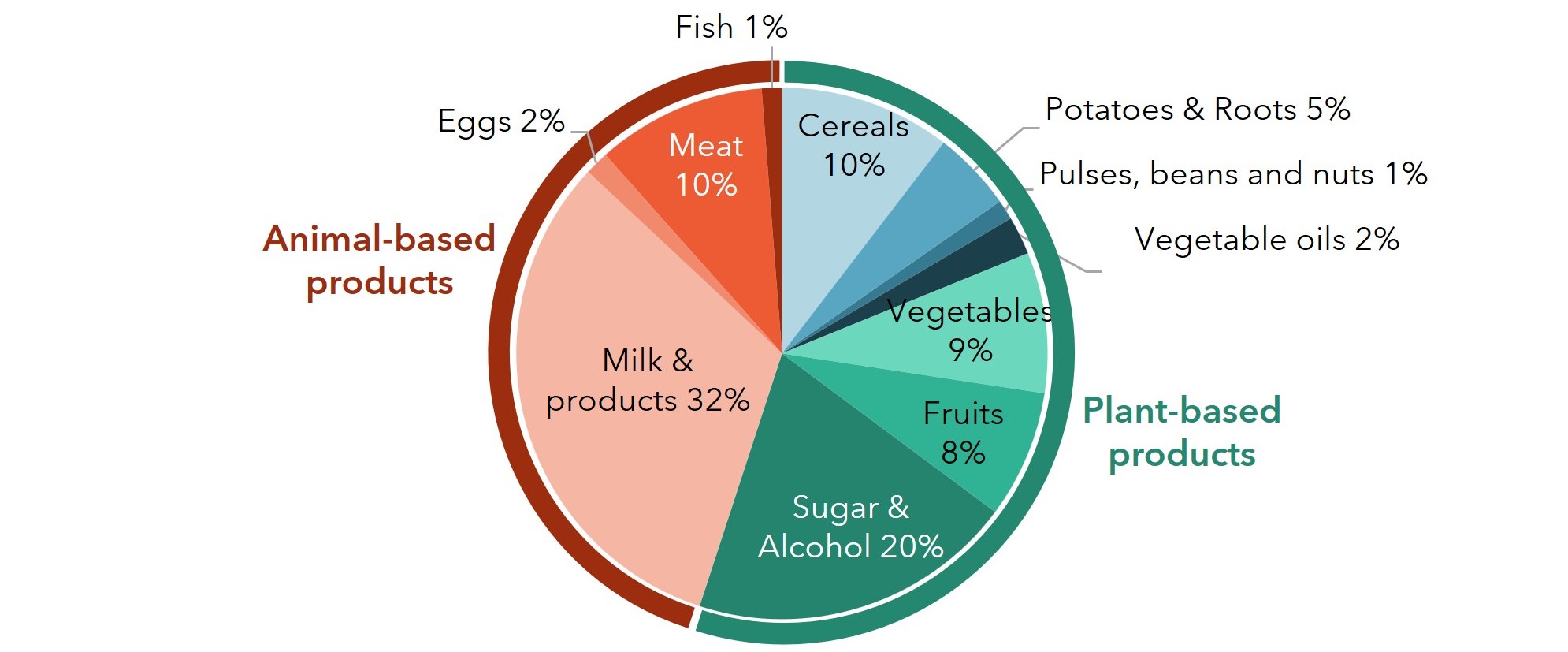
The German diet composition in kg primary products in 2013. (Source: Helander et al. (2021) [1], supplementary data, Table G).
What are the biomass demands of feed?
The largest use of biomass in the food sector is — by far — feed for livestock. Indeed, 82% of the food biomass footprint of German consumption is comprised of feed [2]. This is despite the fact that 65% of calorie supply and 36% of protein supply stem from plant-based food in average German diets [3].
Livestock in Germany eat between 73 million tonnes [4] and 89 million tonnes of feed per year [5]. Around half of Germany’s feed demand is met by feed crops and their by-products such as grass (fresh or as hay or silage), maize silage, intercrops and roughage [4]. The other half is comprised of compound feed (e.g. cereals grown on-farm or purchased) [4]. About 3 million tonnes of cereals are consumed for feed [5] and 3.6 million tonnes of rape seed meal [4]. Mainly high-protein food is imported [4].
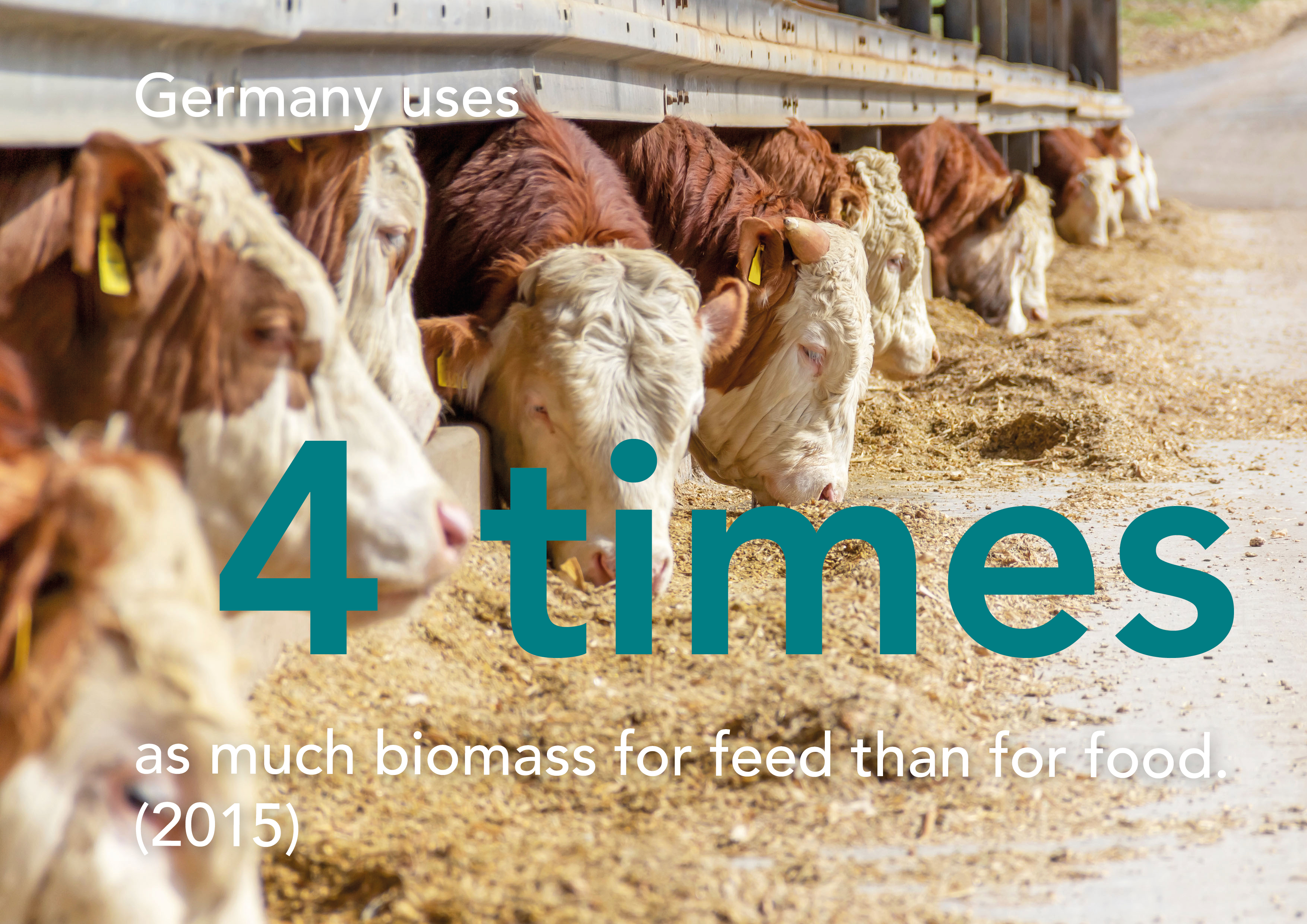
© PRILL Mediendesign | AdobeStock
Source: Bringezu et al. (2021) [5]
How much food is wasted?
Global estimates suggests that about one-third of the commodities that were intended for human consumption (including their non-edible parts) are lost or wasted [6]. In Germany, food loss and waste was estimated to be 12 Million tonnes in 2015 [7]. Fruit, vegetables, potatoes, and cereals have the highest food waste shares. More than half arises at the final consumption stage, in households and food services. In households, it is estimated that for eggs, milk, cereals, potatoes, sugar, oils, and fats more than half of the food waste is avoidable. For fruits and vegetables about 45% is estimated to be avoidable [7].
The German strategy for food waste reduction [8] and Sustainable Development Goal (SDG) 12.3 aim to cut food waste quantities in distribution and consumption steps in half.
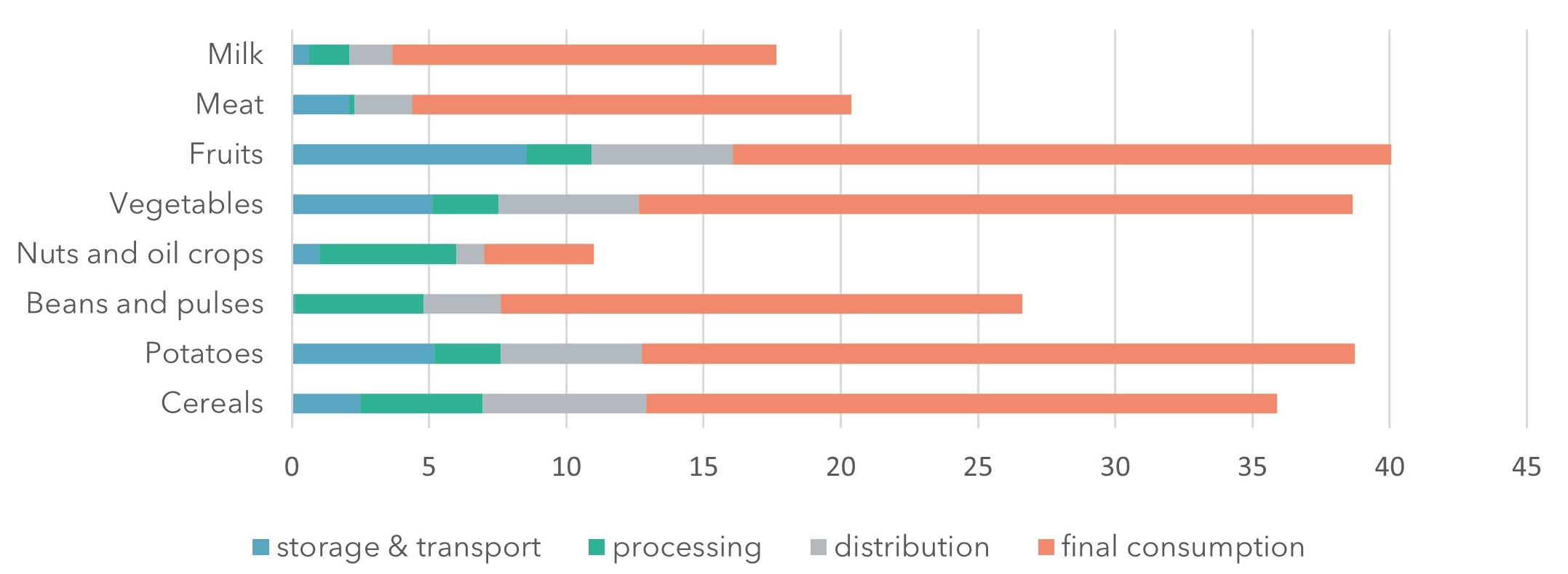
Food loss and waste shares along the food supply chain in Germany (% of food in the supply chain step) (Source: Helander et al. (2021) [9], supplementary data, Table I).
How sustainable is German food consumption?
From a nutritional perspective, the German Society of Nutrition suggest decreasing meat consumption in favour of vegetables and fruit [10]. This would have the co-benefit of decreasing land and biomass footprints by about one-fifth. The EAT Lancet commission – seeking to meet both health and environmental criteria for sustainable diets – suggest to replace additional amounts of meat, cheese and milk with plant-based protein sources such as beans and pulses [11]. In such a “planetary health diet”, 13% of the calorie supply and 32% of the protein supply would come from animal-based food.
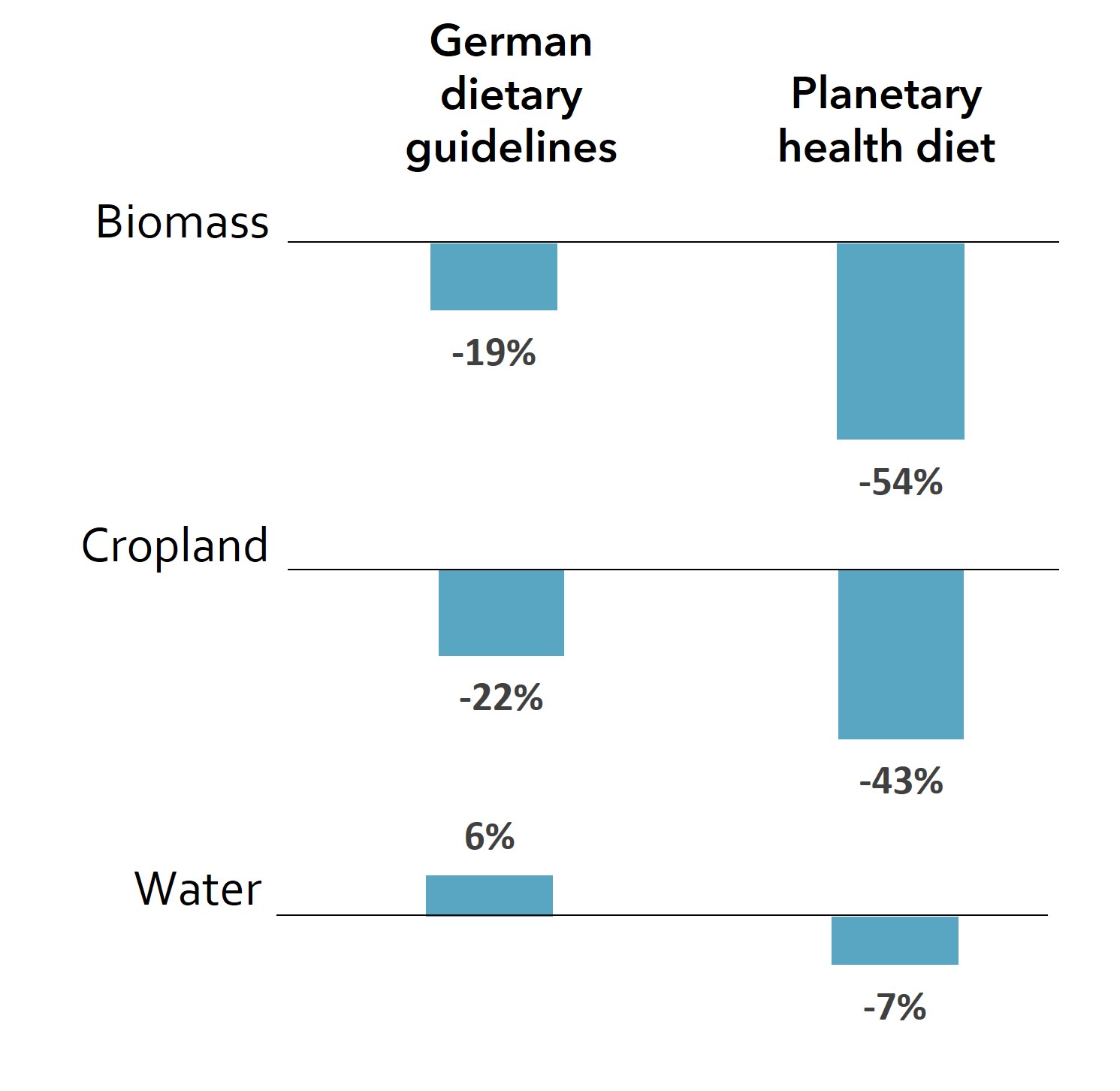
Footprint reduction of dietary changes. (Source: Helander et al. (2021) [1], pp. 6).
Combining dietary changes with initiatives to decrease food waste could additionally decrease biomass and land use footprints of food by 4 to 7 %. Halving food waste would also decrease water footprints by 14% [12].
Notes and references
- Helander et al (2021). Eating healthy or wasting less? Reducing resource footprints of food consumption. Res. Lett. doi: 10.1088/1748-9326/abe673
- The biomass food footprint is defined as the primary plant biomass harvested or grazed. Helander et al. (2021). Eating healthy or wasting less? Reducing resource footprints of food consumption. Res. Lett. doi: 10.1088/1748-9326/abe673.
- Based on the German diet (2013) presented in calories and in g of proteins in Helander et al. (2021). Eating healthy or wasting less? Reducing resource footprints of food consumption – Supplementary Information Table G. Diet composition”. Res. Lett. doi: 10.1088/1748-9326/abe673.
- BMEL (2020). Understanding Farming. https://www.bmel.de/SharedDocs/Downloads/EN/Publications/UnderstandingFarming.html
- Bringezu et al. (2020). Pilotbericht zum Monitoring der deutschen Bioökonomie. doi: 10.17170/kobra-202005131255.
- 14% before reaching the shop and further 17% in retail and households according to the report by FAO (2019). The State of Food and Agriculture: Moving forward on food loss and waste reduction. https://www.fao.org/3/ca6030en/ca6030en.pdf
- Schmidt et al. (2019). Lebensmittelabfälle in Deutschland - Baseline 2015. doi: 10.22004/ag.econ.294004.
- BMEL (2019). National Strategy for Food Waste Reduction. https://www.bmel.de/EN/topics/food-and-nutrition/food-waste/national-strategy-for-food-waste-reduction.html
- Data compiled by Helander et al. (2021). Eating healthy or wasting less? Reducing resource footprints of food consumption. Res. Lett. doi: 10.1088/1748-9326/abe673, supplementary data, Table I.
- Oberritter et al. (2013). The DGE-Nutrition Circle – representation and fundamentals of the food-based recommendations of the German Nutrition Society. https://www.ernaehrungs-umschau.de/english-articles/15-02-2013-the-dge-nutrition-circle-presentation-and-basis-of-the-food-related-recommendations-from-the-german-nutrition-society-dge/.
- For more information on the diet see EAT. https://eatforum.org/eat-lancet-commission/the-planetary-health-diet-and-you/. Accessed May 24, 2022
- These estimates assume the food waste reduction to address all product groups proportionally to current food waste shares. Decreasing food waste of resource-intense products would have an even higher effect. For land and biomass, this includes especially meat and milk-products; for water use, the most water-intensive products are imported vegetables and fruit. See also Helander et al. (2021). Eating healthy or wasting less? Reducing resource footprints of food consumption. Res. Lett. doi: 10.1088/1748-9326/abe673.
